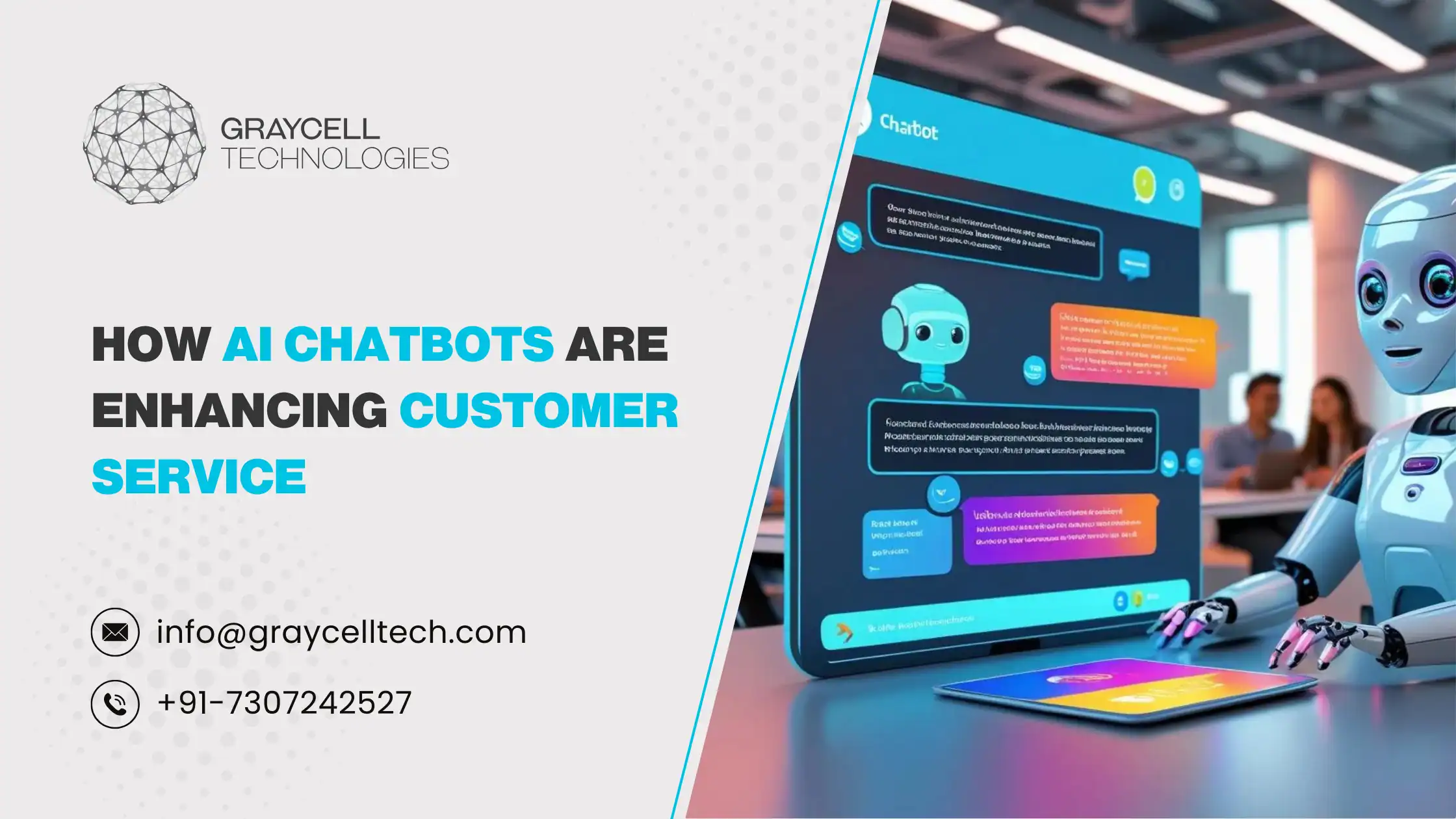Although it’s traditionally assumed that Search Engine Optimization strictly pertains to the realms of digital marketing, the set of practices embedded into SEO demonstrates that it can just as successfully be used to deliver a top-tier customer experience. A website optimized for search engines can go a long way in attracting customers. Yet, to retain those customers and keep them coming back for more, your website must also offer an overall exemplary customer experience.
With 80% of significant purchases starting with online research, companies that prioritize perpetually improving their search engine rankings see the best results. Not only do they get more organic traffic, but they also get more positive feedback from their customer base. This is due to them establishing their brand as an authority in their respective industry.
What’s the correlation between SEO and Customer Experience (CX)?
No matter if it’s Google, Yandex, or Bing, every search engine aims to deliver the most optimal customer experience to its users. Aside from evaluating high-quality content that’s also relevant and engaging for the readers, search engine spiders also pay attention to the experience users have with the website as an indicator of a website worth promoting. The bottom line is that when you’re optimising your website for SEO purposes, you’re simultaneously being assessed for the quality of the CX you offer.
In addition to ensuring that your site’s loading speed is fast, there are several more strategies you can implement to improve your customer experience. Some of them include using relevant keywords and having a comprehensive FAQ page easily accessible to every website visitor. Keep on reading to find out what else you can do to deliver the best possible CX that brings you clients and makes you stand out from your competitors.
Top 8 ways to leverage SEO for a top-notch CX
The customer experience begins the minute you map your customers’ journey. Here’s where SEO comes in handy and guides you through the entire process.
1. Dabble into interlinking to promote the existing content
If there’s one way to make your content easily discoverable, it’s by strategically adding internal links. We’re not talking about low-authority links placed randomly throughout the articles — instead, we mean including blog links that would help search engines crawl your website more efficiently. It’s also an excellent tactic to use if you have high-quality content that didn’t get enough clicks that’s in dire need of more exposure.
Before engaging in the so-called mindful interlinking, you should do the following:
- Ensure that there are no broken links in your website content.
- Make use of links to redirect readers from one piece of content to the next one that’s guaranteed to provide value.
- If using the 301 redirect strategy, find every one of the URLs that links to that page to avoid a slow loading speed of any page.
- Connect content internally so that both search engines and your customers can make sense of what your website is about
Image Source: Masterblogging
As you can tell from the screenshot above, it’s possible to link internally in an organic manner. When incorporated well, they’ll also help lower bounce rates and attract more prospects who’d be willing to purchase from you. This way, you’re killing two birds with one stone — offering your customers value while simultaneously making their experience with your business satisfactory.
2. Rev up your site’s speed
Apart from playing a role in Google ranking, the site’s speed also directly impacts the customer experience. The longer it takes for the site to load, the higher are the chances of your customers leaving the website without even giving your company a chance. It gets worse — they might even resort to complaining about it to their friends and family and unintentionally ruining your reputation.
The bounce rate associated with the page load time increases the longer your site takes to load. To prevent your prospects from leaving prematurely, consider adopting these practices:
- Don’t upload images that weigh more than 1 MB. You’ll be better off compressing them along with every other media file you’re planning to upload.
- Enable efficient use of data with the help of caching. Pay special attention to the webs hosting you choose as it can also slow down your site’s speed.
- Eliminate redirects that don’t serve you. They often tend to be the reason a website takes longer to load.
- Use Google PageSpeed Insight to test how quickly your website loads.
Once your site’s speed is under control, you can move on to perfecting other areas of your website that are lacking.
3. Make your website mobile-friendly
Over half of website traffic comes from mobile phones. People find it easier to use their smartphones to Google a question than to turn on their desktop computers to search for answers. This has prompted search engines like Google to rank mobile-friendliness essential. So, if your website doesn’t offer a mobile-friendly user interface, let alone a mobile version, it’ll likely not be ranking high in Google search.
Try out these tips to increase your website’s mobile-friendliness:
- Avoid featuring flashy elements on the mobile version of your website. They are prone to slowing it down.
- Prevent your website from taking over 3 seconds to load.
- To enhance user experience, design your website in a way that minimizes horizontal scrolling.
- Speaking about UX, your website visitors will benefit from a responsive design that adapts to your prospect’s device’s screen size, platform, and orientation.
- Prevent users from having to zoom in or zoom out when reading your website’s content by making the font an appropriate size.
When combined, you can rest assured that these components will positively impact your customer experience without you even having to hire a professional web designer.
4. Focus on search intent instead of keyword density
There was a time when SEO was all about fitting as many keywords in an article as possible to rank higher in the search results. Today, the emphasis is on the quality of the keywords used instead. It’s your job to discover what customers are searching for and know why they’re using those exact words. That is, you should be aware of their search intent.
It becomes easier to address the content you’re catering to them when you know the reason behind the use of every keyword. If, for instance, you have a yoga apparel business and you’re thinking about using the keyword “yoga poses for beginners”, those interested in buying from you will likely ask Google the following:
- What are the best yoga poses for beginners?
- How to get better at doing yoga poses for beginners?
- Top 10 yoga poses for beginners everyone should try
Learning what combination of words your prospects are using will help you target the right keywords in your content. It’ll also guarantee that your website has everything the user needs not to have to search for an answer elsewhere.
5. Publish content that resonates
Content is king, and companies that crack this code early on tend to reap the benefits of having an engaged audience before their competitors. You can be selling the most mundane products, but if the content you publish on your website about them is curated well, chances are your customers will be coming back to make another purchase.
The key here is to identify your customers’ pain points and develop content that meets your audience’s needs and those of search engines. This way, you’ll be able to position yourself as an industry expert who has all the answers to the most commonly asked questions. The customers that will start doing business with you, as a result, are merely a nice bonus.
To stay on top of your content game, consider categorizing your content by genre and a specific formatting style (i.e., use headers and sub-headers) for easier readability. You can also emphasize several content parts by making the text bold or italic.
Note that depending on the stage of your company, the type of content you produce will differ too:
- At a discovery stage, you’ll need to focus on going into detail about the features and benefits of the products or services you offer.
- At a contemplation stage, your focus will shift to writing how-to guides and product comparisons. Customer testimonials will come in handy at this stage too.
- At a decision stage, you’ll want to talk about the reviews and promotions that would make the prospect hit that ‘buy now’ button.
- At a post-purchase stage, your content should include a comprehensive FAQ page and a support guide.
6. Use social media to drive engagement
You can direct your SEO efforts towards building a solid social media presence to improve your customer experience. With 76% of consumers buying products they see on social media, it’s only fair to invest your time and resources into creating a social media following.
To boost your CX, implement a few of the following social media-based techniques:
- Treat your social media account as a business card. Post high-quality content akin to the content you post on your website. This will help you grow your following organically.
- Don’t make your customers wait for too long before responding to their message. Make them feel like they’re just as valuable to you as customers who reach out to you via other channels.
- When creating educational and engaging posts, consider using appropriate hashtags to attract the right target audience.
- In the process of engaging with your audience, make an effort to find out what their pain points are and how you can use them to better your offer.
- Diversify your social media content so that it’s easier for you to drive brand awareness.
- Use links to your website content when creating captions for your social media posts.
If used correctly, social media can help you enhance your customer experience without even having to invest in social media ads. The more eye-catching your posts are, the better is the likelihood of your prospects finding them and becoming your loyal customers.
7. Build a comprehensive knowledge base
When customers can find the correct answers on their own, you’re saving everyone’s time. One way to do it is to build a comprehensive knowledge base in the form of FAQs, detailed video guides, and long-form articles. It won’t take long until you start observing how much more independent your customers will become.
Take it from Evernote and their Help & Learning section, where customers can find all the information they need. To follow their footsteps, keep the following best practices in mind:
- Make your knowledge base as easily skimmable as possible. This way, your readers will have an easy time engaging with it and recommending your company to their friends and family.
- Organize it logically so that your customers can easily find the information they’re looking for.
- When drafting articles, stick to a simple structure that answers the customer’s questions extensively.
- Incorporate anchor links into long-form articles that tend to get boring and repetitive.
8. Improve your NAP consistency
Referring to the accuracy of a location-based business’s Name, Address, and Phone number across every single one of the company’s listings, NAP consistency is directly related to the customer experience your business provides. No matter what directory the user accesses, your NAP has to be consistent across them all. These include but aren’t limited to Yelp and Google My Business.
When Google or any other search engine sees that the basic information about your business is the same on every listing, it starts ranking you better. This is due to the fact that NAP consistency gives the search engine a good idea about what your company is about. As a result, your customers have no doubts about what your company offers and how they can reach out to you.
If you’re trying to adjust your NAP profile for SEO, avoid making the following mistakes:
- Using different phone numbers for a business that has only one location.
- Including NAP variations that branch out from the typical NAP structure.
- Updating your NAP information for moved and closed locations.
- Having duplicate local listings that popped up after the business changed its name or was acquired by someone else.
Wrapping up
Gone are the days when SEO used to be the tool designed solely for building backlinks and stuffing websites with content. Today, a well-rounded SEO strategy is also a getaway to a first-class customer experience that prioritizes customer satisfaction over the length of keywords. The sooner you’ll get into the heads of your prospects and figure out what they want, the sooner you’ll be able to craft an SEO strategy that will benefit them in the long run.
For starters, try interlinking, building a comprehensive knowledge base, dabbling into social media, and improving your website’s speed, and the results won’t leave you waiting.








